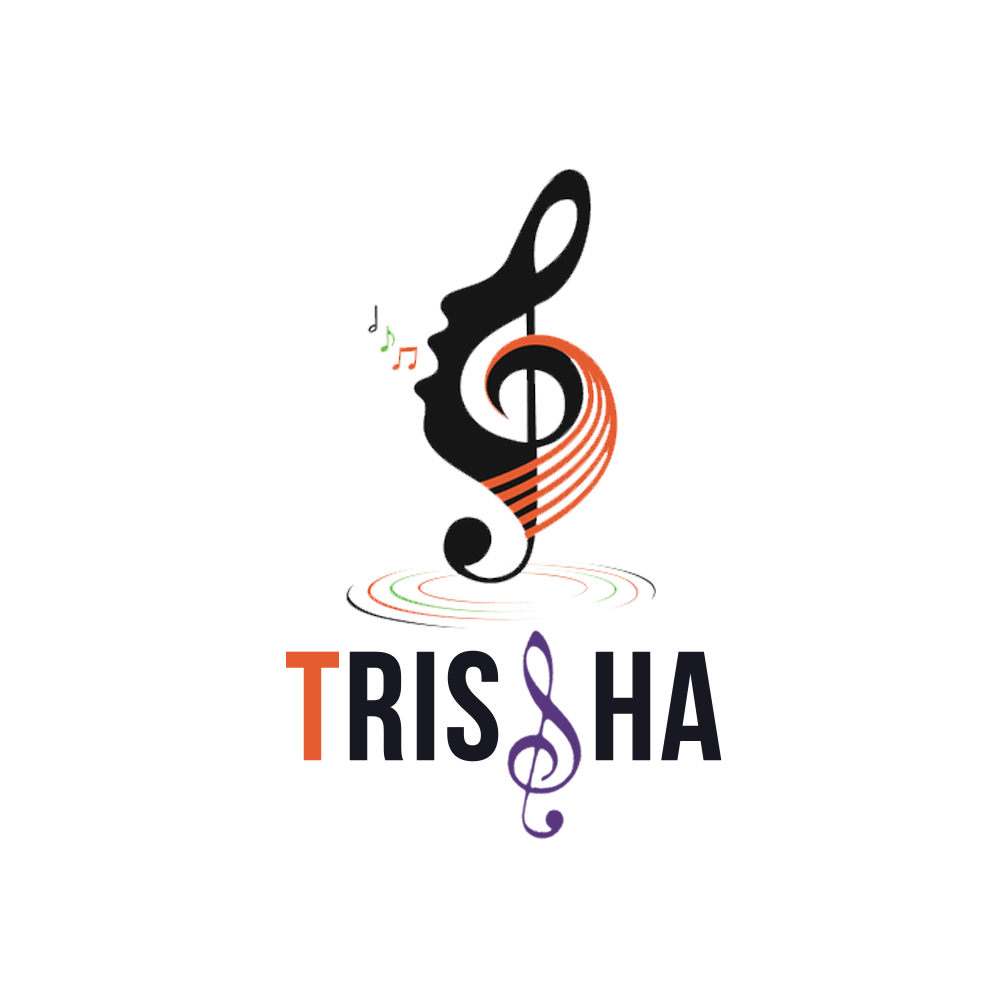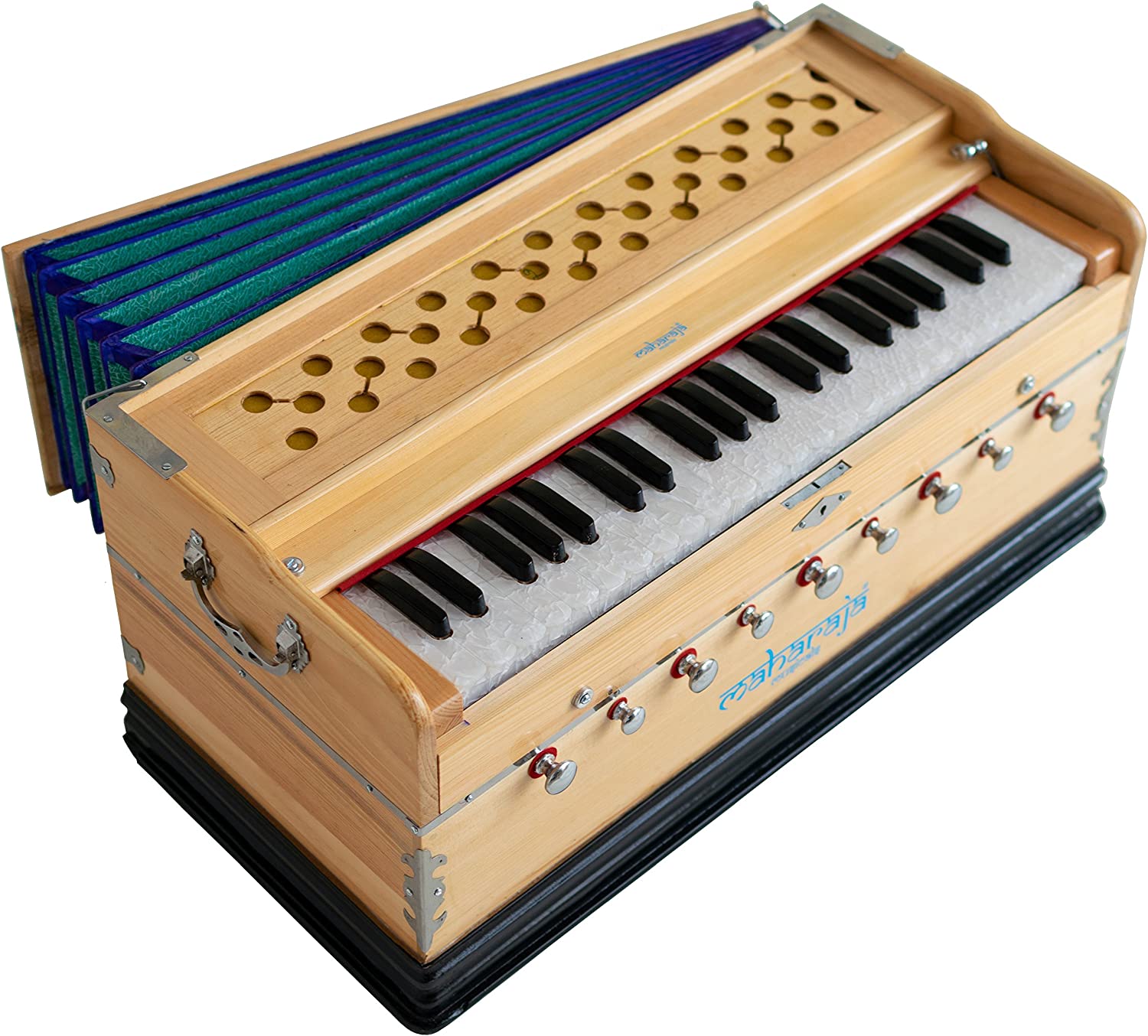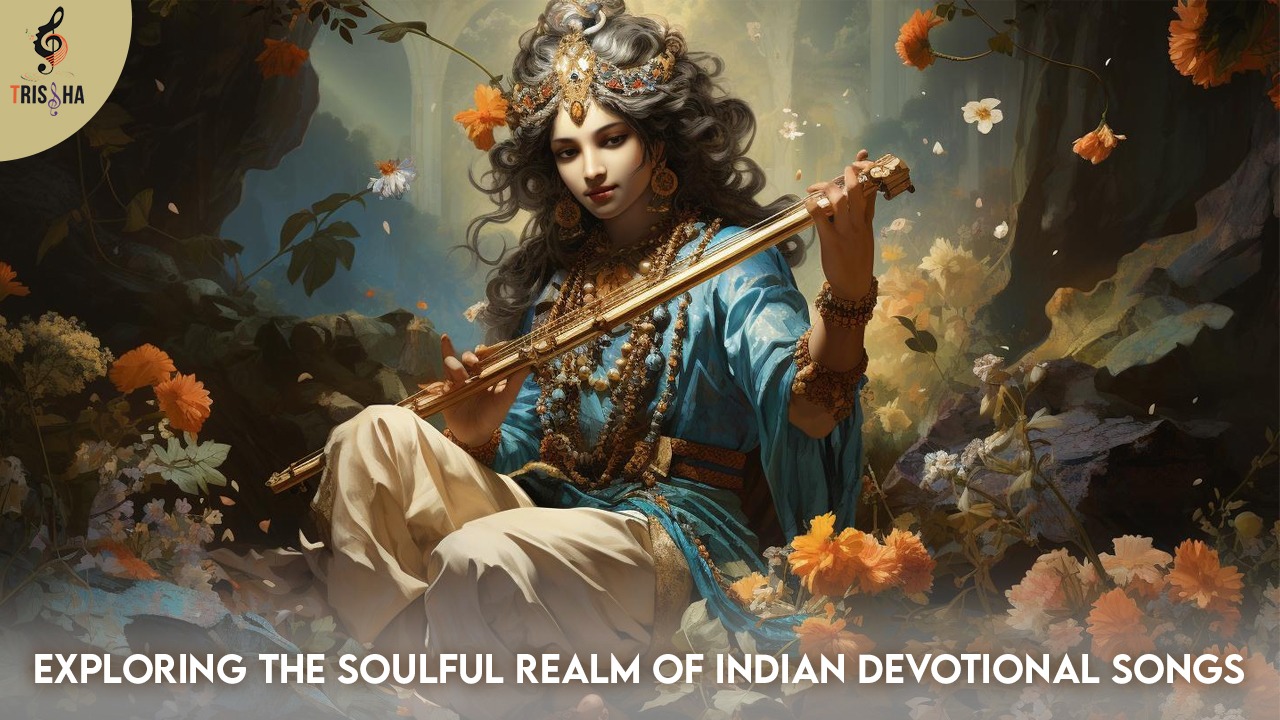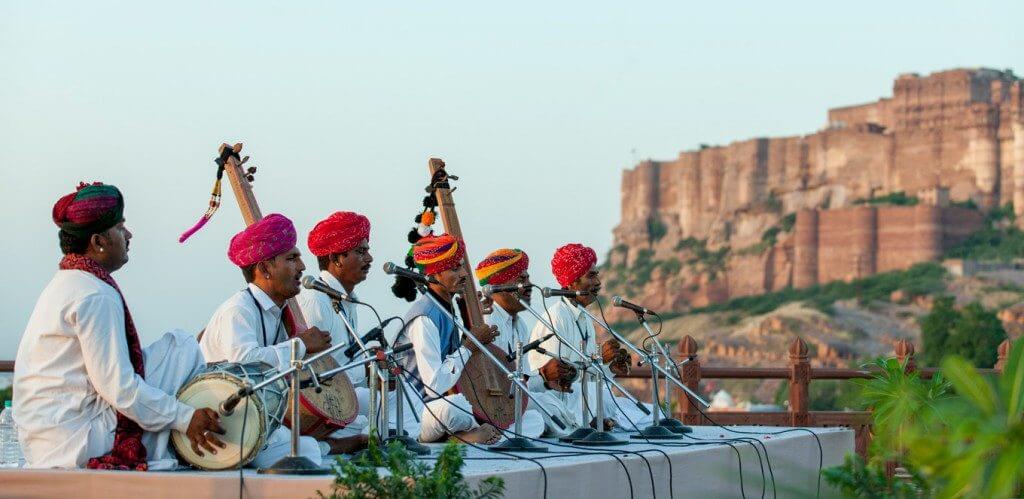The Healing Power of Ragas: How Indian Classical Music Transforms the Mind and Body
Music has always held a profound place in human culture, transcending language, geography, and time. While the Western world has its symphonies, jazz, and pop, the East offers something truly unique: the intricate and deeply spiritual tradition of Indian classical music, particularly ragas. These ancient melodic frameworks are more than just a collection of notes; they are designed to affect the listener on a deeply emotional and even physical level. In fact, ragas have long been believed to hold healing properties, transforming not just the mind but also the body.
The Essence of a Raga
At its core, a raga is much more than a musical scale. It is a pattern of notes or swaras, but what makes it so powerful is the way it interacts with the time of day, season, or even the mood of the performer. Each raga is associated with specific emotions, natural elements, and times, making it a holistic art form that aims to evoke specific feelings and even alter the state of the listener’s mind.
Ragas like Bhairav are said to invoke a sense of reverence and devotion, often performed during the early morning hours to reflect the calm and stillness of dawn. On the other hand, Raga Yaman evokes tranquillity and peace, traditionally played in the evening. The cyclic interplay between notes, rhythms, and time creates an emotional journey that takes both the performer and the listener into a meditative state.
Healing the Mind: Ragas and Emotions
The ancient sages of India believed that music could serve as a remedy for mental health issues like anxiety, stress, and depression. This notion has been further explored in modern times, with studies pointing towards the benefits of ragas in managing emotional well-being.
Different ragas are known to impact specific emotions. For instance, Raga Darbari Kanada is often associated with alleviating tension and stress. Its deep, slow-paced movement is said to calm the nerves, creating a sense of groundedness. Similarly, Raga Shankarabharanam is known for uplifting the mood, often referred to as a “happy” raga because of its harmonious structure that creates joy and contentment.
Ragas can also serve as a form of meditation. The repetitive nature of their structure invites listeners to focus solely on the sound, enabling the mind to slow down and detach from day-to-day worries. This form of active listening can lead to a state of mindfulness, reducing feelings of anxiety and improving overall mental clarity.
Healing the Body: The Science Behind the Sound
It’s not just the mind that benefits from ragas—there is increasing evidence to suggest that these melodic patterns can have a tangible effect on the body as well. Indian classical music operates on the principle of ‘Nada Brahma,’ meaning ‘the universe is sound.’ Every note and rhythm is thought to resonate with specific parts of the body, impacting its physical state.
The calming effects of certain ragas have been shown to reduce blood pressure, normalise heart rates, and even ease chronic pain. For instance, Raga Hamsadhwani is used to reduce symptoms of headaches and insomnia. Its light and airy structure soothes the nervous system, helping the body to relax and recover.
Another raga that has gained attention in music therapy is Raga Ahir Bhairav. Often used in hospitals and healthcare settings, it is believed to help reduce the physical symptoms of stress, lowering heart rates and inducing relaxation. These benefits make ragas a complementary tool in various medical settings, particularly in holistic approaches to healthcare.
Ragas in Modern Therapy
As the world becomes increasingly interested in alternative forms of healing, ragas are making their way into modern therapeutic practices. Music therapists today often use specific ragas in sessions aimed at managing emotional disorders, chronic pain, and even some neurological conditions. While Western music therapy typically focuses on rhythm and lyricism, Indian classical music’s emphasis on the connection between sound and the natural world offers a more spiritual dimension to healing.
This resurgence of ragas in therapeutic settings shows how ancient traditions can seamlessly blend into contemporary wellness practices. Whether it’s through mindfulness, meditation, or active listening, the healing power of ragas is more relevant today than ever.
Conclusion: Embracing the Raga for Wellness
In a world filled with stress and fast-paced living, the soothing and transformative power of ragas offers a sanctuary of calm and healing. Their ability to affect both the mind and body makes them a unique and powerful tool in the pursuit of wellness. Whether you’re a seasoned practitioner or someone looking to explore the healing properties of music, the world of ragas invites you to slow down, listen deeply, and embrace the beauty of sound as a pathway to inner peace and physical well-being.
Indian classical music’s ragas are more than just art; they are a testament to the timeless connection between sound, nature, and the human spirit—a connection that, once understood, can be profoundly healing.







There are no comments